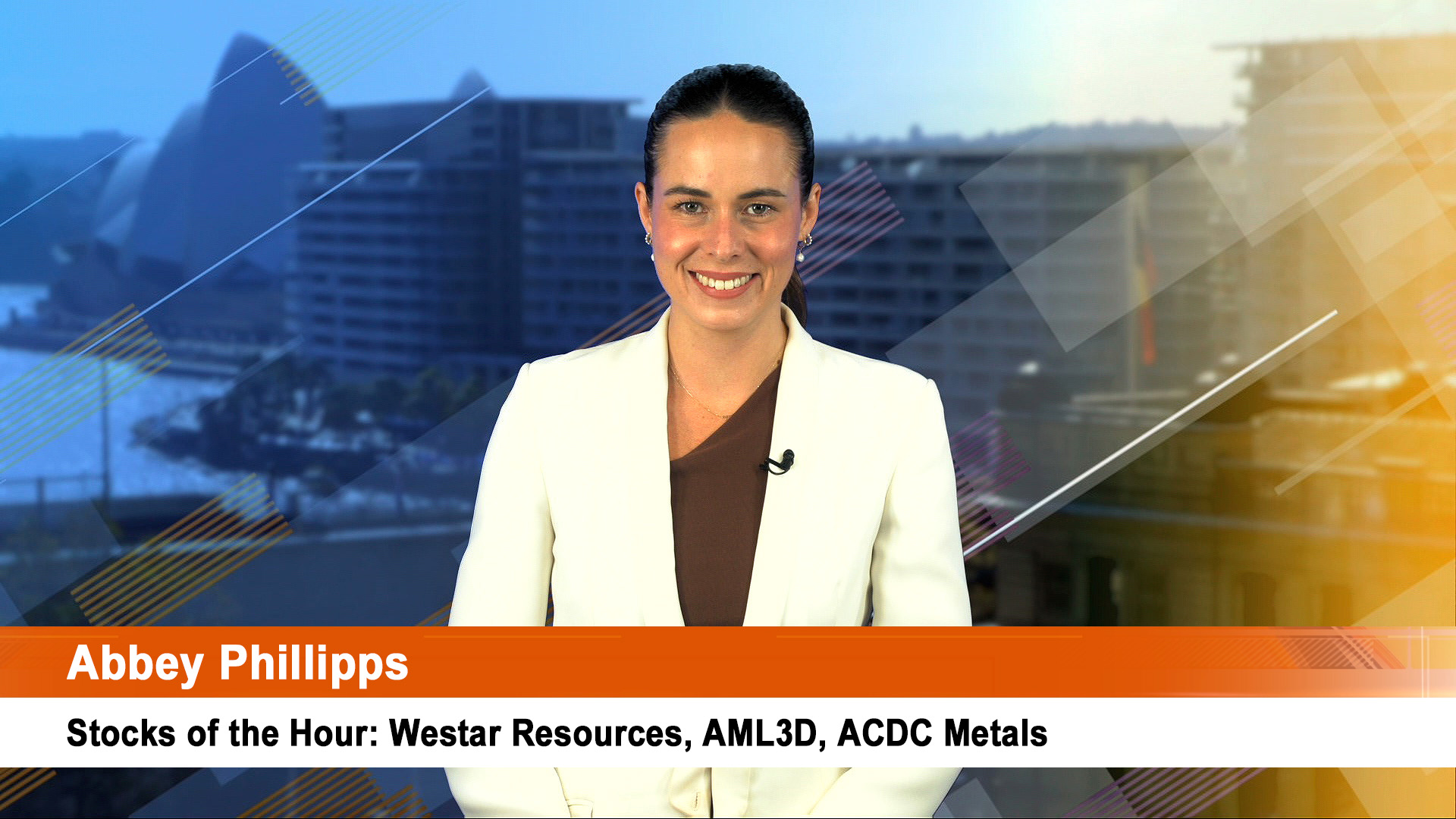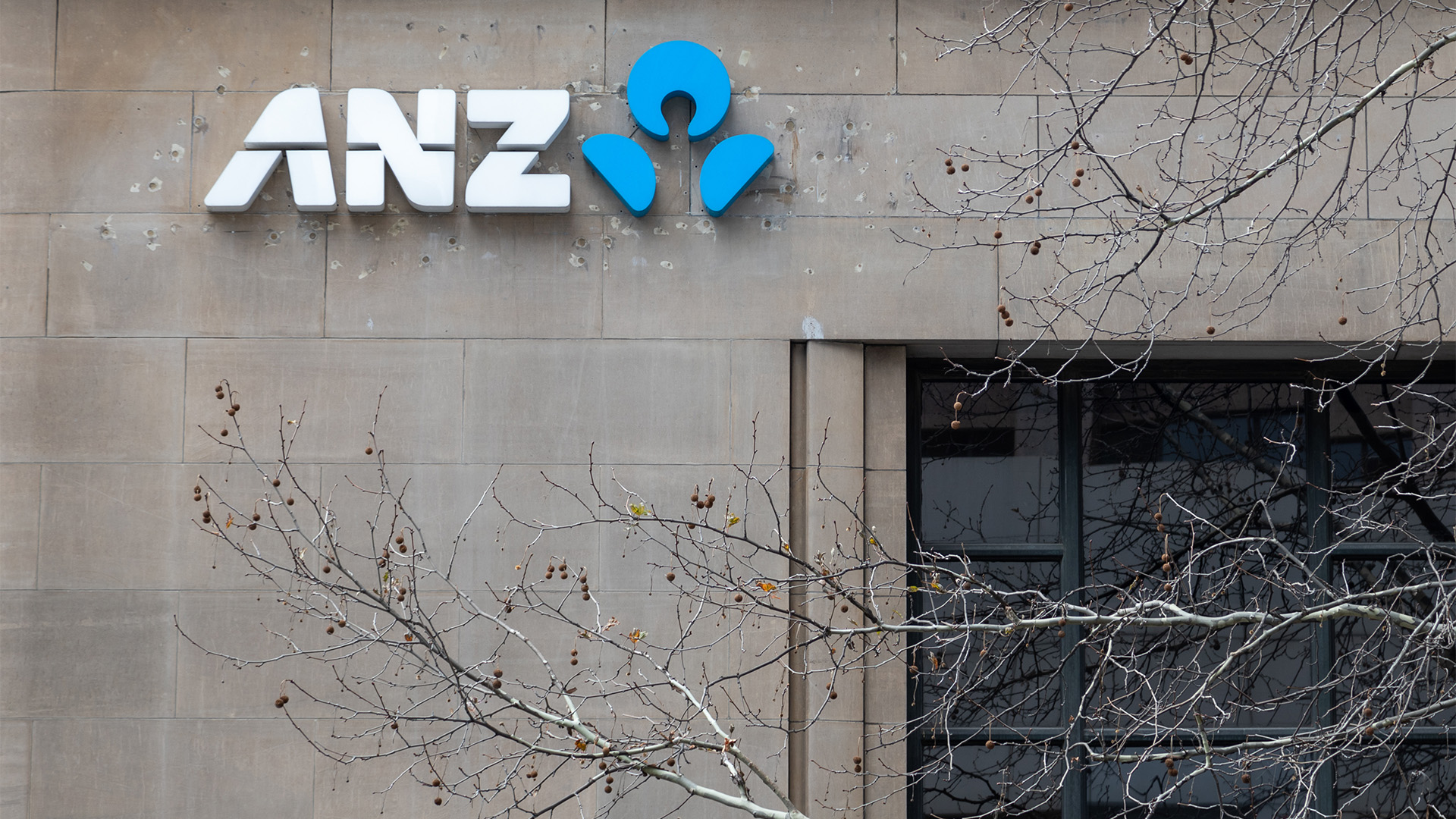On the eve of Twitter listing on the New York Stock Exchange overnight, we have a timely warning on some of the hype in big tech from America’s main securities regulator.
Twitter sold 70 million shares at $US26 each ahead of the listing overnight, after offering them for $US23 to $US25. It raised $US1.8 billion in a deal that values the company at $US14.2 billion.
And, madness reigned when Twitter shares listed in New York – the shares jumped to $US50 – eased a bit and then traded at more than $US45 for the rest of the day. It sold 70 million shares into the float and near the close of trading this morning almost 50 million of those had traded as investors took huge profits.
But that didn’t help the wider US market which finished in the red after US third quarter economic growth came in at a higher than forecast annual rate of 2.8% – which then got everyone worked up about the Fed starting to cut its spending in December instead of early 2014.
Wall street was down with the Dow off by more than 100 points, gold fell close to $US1300 an ounce and oil resumed its slide. NASDAQ and the Standard & Poor’s 500 index both had falls of more than 1%, more than the Dow’s dip. The Aussie dollar eased further as well to end around 94.50 US cents in early Asian trading. Our market will start lower.
However it’s the Twitter listing that tells a story that is worrying US regulators – the lure of easy profits from tech companies by investors who struggle to understand what is being sold.
The huge premium for Twitter has the hallmarks of a ‘bubble‘ – not because Twitter is loss making and struggling to generate revenue (only $US400 million at the moment for a market cap of more than $US31 billion), but because investors won’t try to understand what is being sold and instead will be blinded by the lure of easy money. It’s a repeat of the tech and net bubble from 12 to 15 years ago.
That’s why a speech this week from the main US markets regulator in New York is worth examining. The speech from the head of the US Securities and Exchange Commission should make investors large and small sit up and think again about the likes of Twitter, Facebook, etc.
While some of these new tech companies are successes (Google and Facebook), quite a few others are problematic, or produce data that is ‘rubbery‘ or questionable. Even Facebook faced initial queries from the SEC, and so has Twitter.
And, with more and more old analogue companies going down the digital route (retailers and newspapers and other media companies spring immediately to mind), the comments from Mary Jo White, the chair of US Securities and Exchange, on user numbers and profitability are a reminder that all is not as it might seem in the digital world.
There are plenty of measurements methods (metrics in the jargon) that can show virtually anything, without disclosing very much at all.
Ms White spoke at a meeting of lawyers in New York and her basic message was that user numbers do not always mean sales and profits.
She questioned whether investors could get a clear understanding of a company’s future prospects when they were faced by the “sheer magnitude” of these user numbers that might bear no relation to profitability.
Ms White said that in recent years many technology companies had relied on “unique financial or operational metrics” to demonstrate their size or growth prospects.
"Our staff’s concern has been the impact on investors of the sheer magnitude of some of these metrics – investors for whom the true meaning of the metric (or more importantly the link from metric to income and eventual profitability) may not be clear or even identified.
"These metrics track numbers important to the company that often reflect their very fast pace of growth – like the number of users of the service, the number of players of an online games, or the number people who quote “liked” the company or something the company does. And these metrics usually total in the millions.
“In the absence of a clear description, it can be hard not to think that these big numbers will inevitably translate into big profits for the company. But the connection may not necessarily be there,” she said.
"Consider a company that correctly claims it has a hundred million users, and that the rate of user growth is expected to continue to grow at double digit rates. That certainly sounds good and it would seem to bode well for the prospects of the company – information that certainly could influence an investment decision.
"But what if only a fraction of those users are paying customers? What does that mean for future financial results? What if the bulk of the growth in the number of users is in an area where the company has not yet figured out how to turn those users into paying customers? What does that then say about the meaning of user growth rates?," Ms White said.
In the past companies such as Groupon (the buying site) and Facebook faced queries from the SEC about their use of non standard methods of measurement in documents used in public issues.
Groupon was forced to stop using one called "adjusted consolidated segment operating income" because of what the SEC said was its potential to mislead investors about the level of profitability.
Facebook was forced to provide more clarity about the risks created as more users moved from using desktop computers and other fixed platforms to access the site, to mobile devices, such as smartphones and tablets. Ironically the last quarterly report revealed that Facebook had enjoyed a larger than expected rise in advertising revenues from mobile device access to its site.
But not before the company was forced to make it clear there were risks from the move to mobile. But it still increased its offering size and price – the shares tanked after the botched listing on the Nasdaq and didn’t regain their issue price for more that a year.
Twitter is the latest company to go public with some controversy about the way it measures itself. Discussions between the company and the SEC will remain secret until after the float.
But US analysts say it has made changes and last month revealed that it was now telling investors that advertising rates will fall in the short term and the IPO will adversely impact profitability. It has also warned that it could find it harder to turn its success outside the US into revenues.
Ms White is not saying, ‘beware all tech offerings‘ – what she is warning investors to be is sceptical. But until there are losses instead of Twitter like profits, investors won’t worry. It’s an old, old story which we saw back in the late 90’s with the first tech and net bubble.
Not until the collapse of that boom did investors wake up and start moaning about rorts and dud investments and corporate chicanery. All too late.













